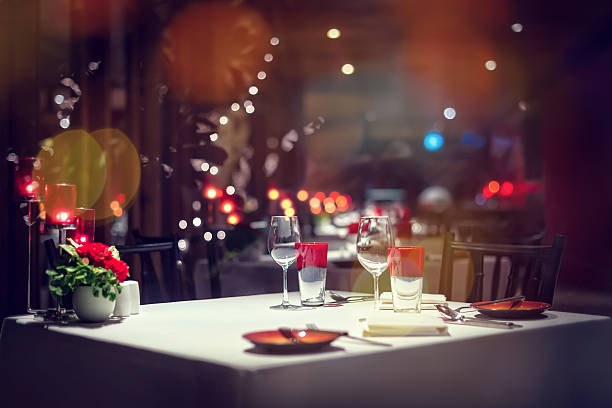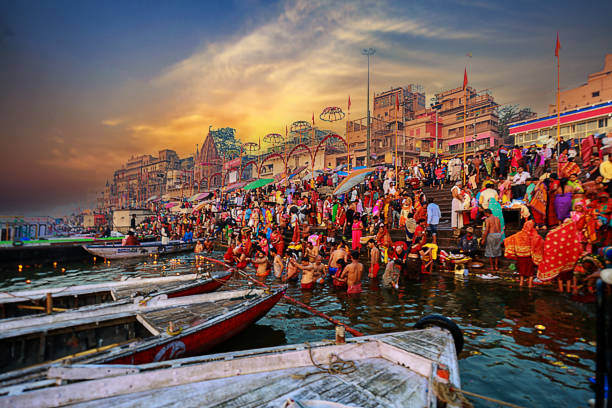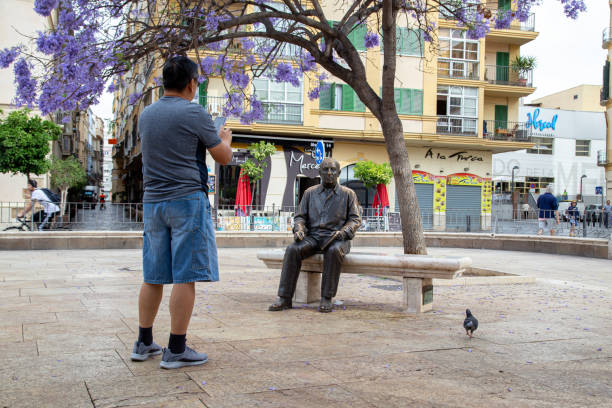Top 5 Beautiful Lagoons in the World
from the iconic Lagoon of Bora Bora to the bioluminescent Mosquito Bay

Lagoons: Undiscovered Treasures Found in Coastal Gems
A sandbar, barrier island, or coral reef are examples of natural barriers that divide lagoons from the ocean. Lagoons exist in many different forms and sizes throughout the world. Lagoons vary greatly in size from a few acres to hundreds of square miles.
Lagoons are significant ecosystems that offer several advantages. Numerous species of fish, birds, and other creatures call them home. Additionally, lagoons aid in shielding coastal regions from erosion and storms.

A few of the characteristics that set lagoons apart are as follows:
Various environments: Numerous plant and animal species can find a range of habitats in lagoons. Coral reefs can be found in certain lagoons, while seagrass meadows can be found in others. Additionally, lagoons serve as crucial fish breeding and nidification sites for numerous species.
Coastal defense: Lagoons aid in shielding coastal regions from erosion and storms. Lagoons' natural barriers to the ocean serve as flood barriers for coastal areas by absorbing wave energy.
Cost advantages: Coastal communities gain economically from lagoons in a number of ways. In addition to being well-liked tourist attractions, lagoons also sustain significant businesses like farming and fishing.
Here are a handful of the world's most stunning lagoons:
Lagoon of French Polynesia, Bora Bora: One of the most famous lagoons in the world is the Lagoon of Bora Bora. It is home to a variety of aquatic species, including dolphins, rays, and sharks, and is encircled by a coral reef.

Australia's Whitehaven Beach: Among the world's most exquisite beaches is Whitehaven Beach. Situated within the Whitsunday Islands National Park, it is on Whitsunday Island. The pristine sand and turquoise water of the beach are well-known features.
Puerto Rico's Mosquito Bay: Among the world's most bioluminescent bays is Mosquito Bay. When disturbed at night, the bay's water sparkles blue. This is brought on by a certain kind of plankton that inhabits the sea.
Mexico's Laguna de Bacalar: A freshwater lagoon called Laguna de Bacalar can be found in the Yucatan Peninsula. It is renowned for having water that is seven colors of blue and extremely clear.

Philippines' El Nido: A collection of islands known as El Nido is found in the northern Philippines. It is well-known for its stunning white sand beaches, limestone cliffs, and lagoons.
Lagoons are quite unique locations. They provide both people and wildlife with a number of advantages. I strongly advise you to visit a lagoon if you get the chance.









































































































































































































